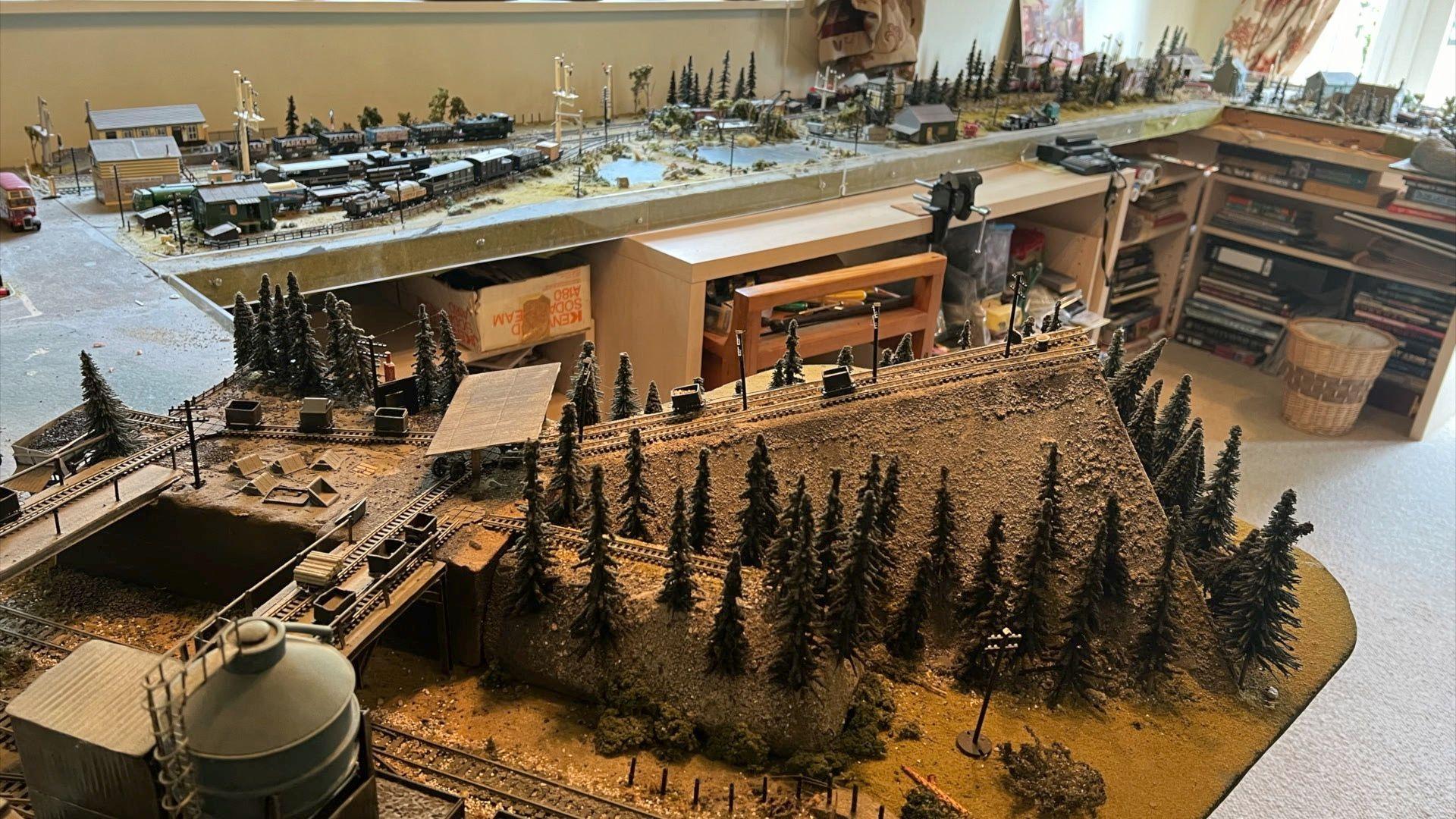Wrongly loaded digger 'caused rail bridge collapse'
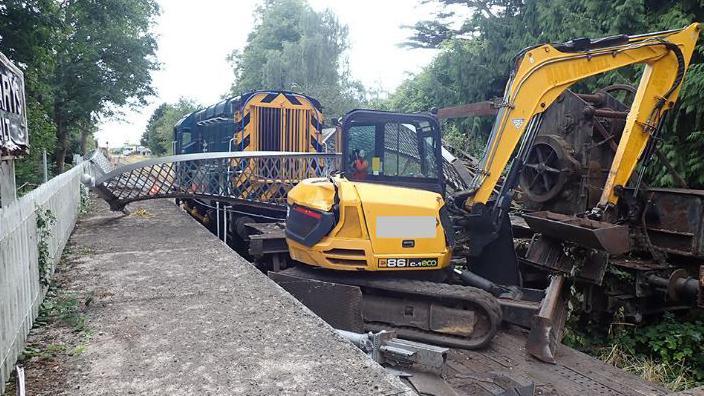
The wrought-iron bridge collapsed after the collision
- Published
A 133-year-old foot bridge on a heritage railway line was pulled down when a volunteer loaded a digger on to an engineering train incorrectly, an investigation has found.
The Grade II-listed wrought-iron structure at St Mary's Halt in Lydney, Gloucestershire, collapsed at around 10.55 BST on Thursday 14 August this year.
The bridge is believed to be the last surviving piece of infrastructure from the historic Severn and Wye Railway, and its restoration was only completed in 2019.
The Rail Accident Investigation Branch (RAIB) found the eight-tonne digger had been loaded by a Dean Forest Railway volunteer who had not completed the necessary training and misjudged the height of its arm.
The task of moving the digger required a qualified operator to load it on to the wagon at Lydney Junction, and offload at its destination at Whitecroft three miles (4.8km) away.
The RAIB report, published on Wednesday, found that when the volunteer with the relevant qualification was delayed, another who had only passed their theory test agreed to load the digger.
They had insufficient experience to pass the practical test, meaning they had not attended additional training to cover loading and unloading an excavator from a rail wagon.
But despite not being qualified for the role, the RAIB found, the volunteer previously had loaded the railway's six-tonne digger on to the engineering train.
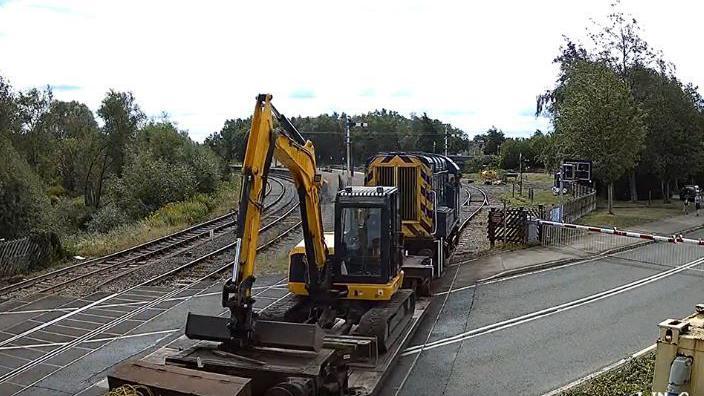
The digger's bucket was resting on the raised deck of the wagon
On these occasions, they always rested the bucket on the raised deck at the end of the open wagon.
While this arrangement meant the six-tonne vehicle remained below the maximum permitted height, for the eight-tonne digger, it's arm was raised to 26cm (10.2in) higher than the underside of the footbridge "making collision inevitable", the RAIB report said.
Had the bucket been stored on the lower deck, the digger would have cleared the bridge without incident.
The investigation further found Dean Forest Railway did not have a written set of instructions stating where the excavator's bucket should be stowed during transportation on an open wagon.
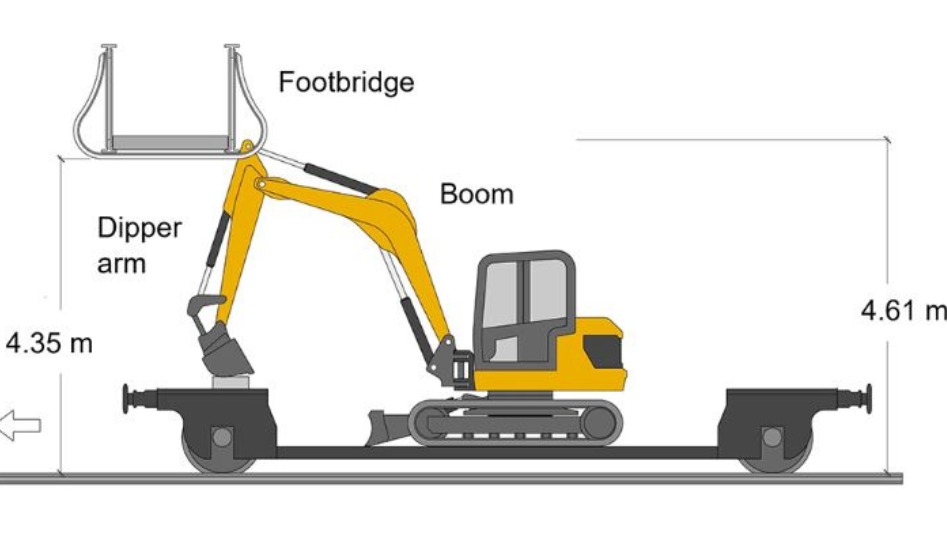
The arm of the digger was too high for the bridge
The report added that since acquiring the eight-tonne digger in 2024, the railway had not checked its height against structures on the railway.
There was also no method, or requirement, for staff or volunteers to check the height of loads on trains departing Lydney Junction, meaning over height loads could not be identified.
No one was hurt in the incident but parts of the bridge collapse on to the station platform and on to the moving train.
Since the incident, the Dean Forest Railway said structural engineers have now examined the bridge and are in the process of producing a detailed survey.
They said the RAIB do not give recommendations as part of the safety digest, but did identify causal factors for the incident.
As such, the railway said they have ensured that processes and procedures have now been reviewed and updated as required as a result of the incident.
The railway said they would like to thank staff, volunteers and industry partners for their professionalism and hard work during this challenging period.
Get in touch
Tell us which stories we should cover in Gloucestershire
Follow BBC Gloucestershire on Facebook, external, X, external and Instagram, external. Send your story ideas to us on email or via WhatsApp on 0800 313 4630.
- Published14 August
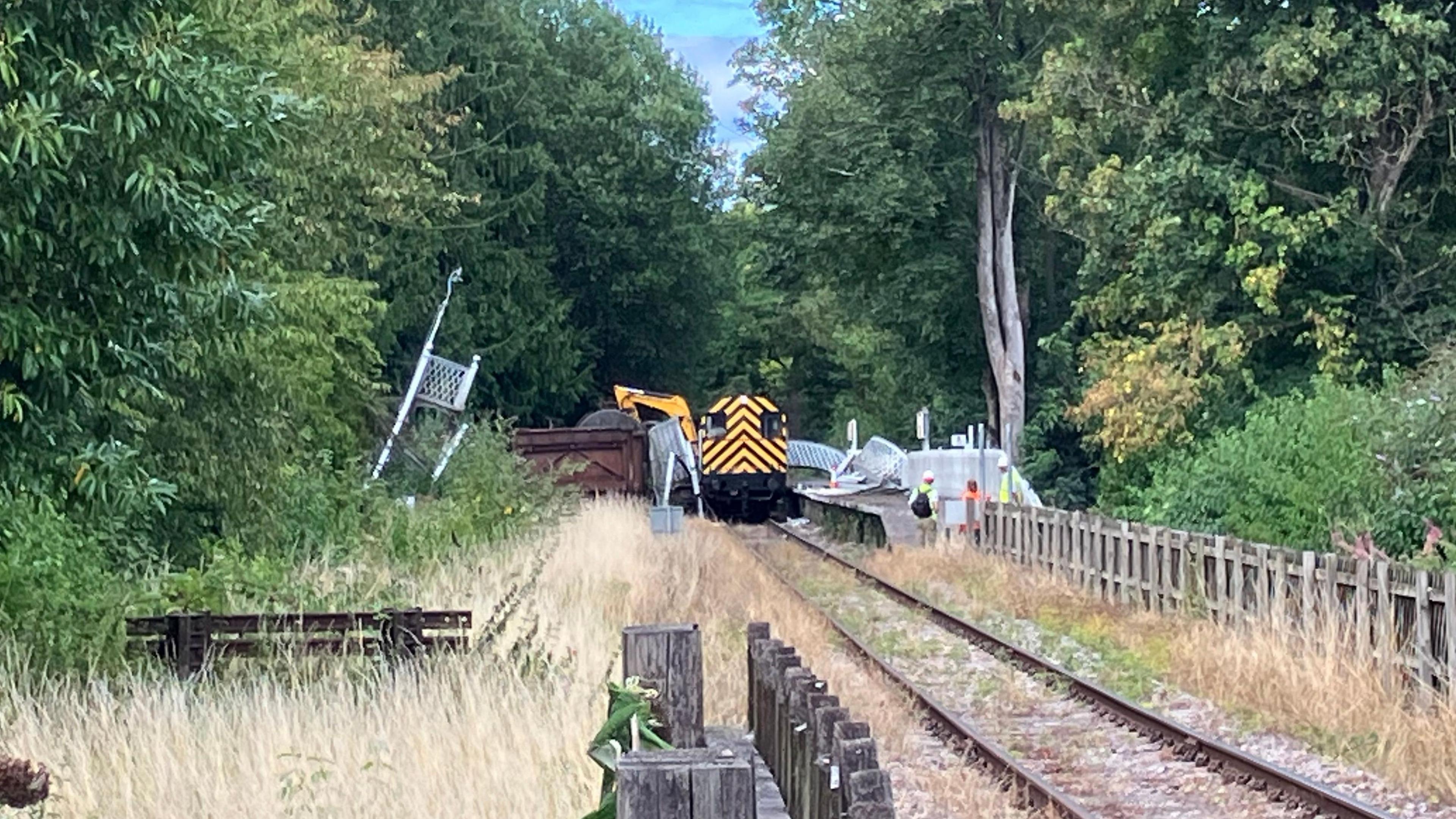
- Published24 October 2023

- Published3 March 2024
